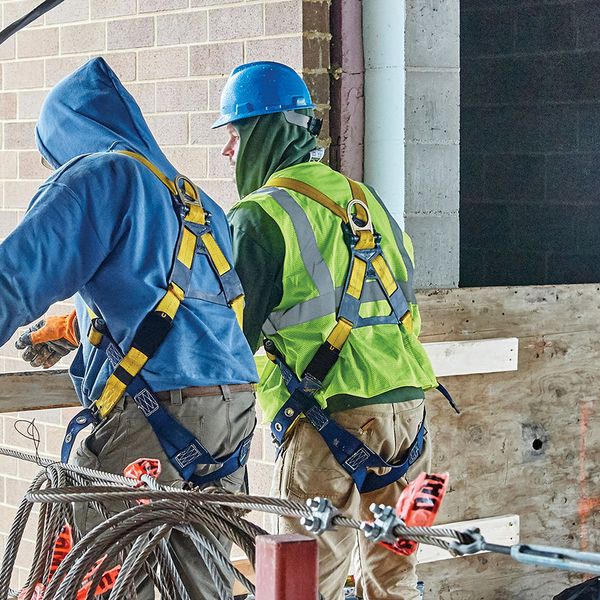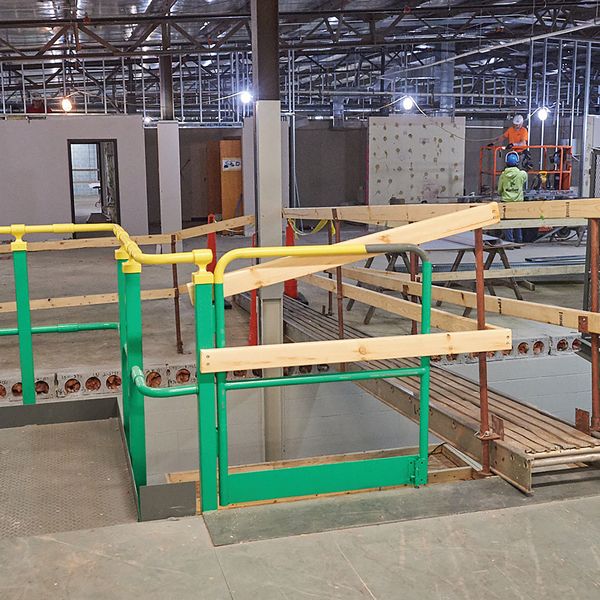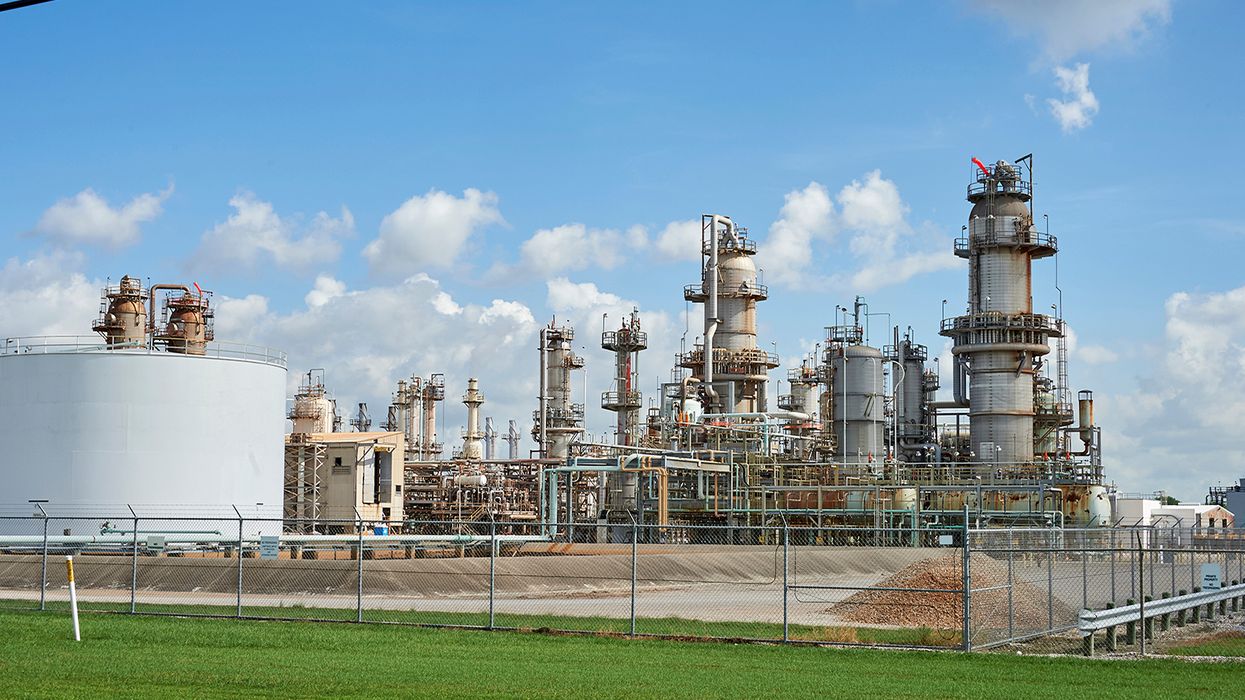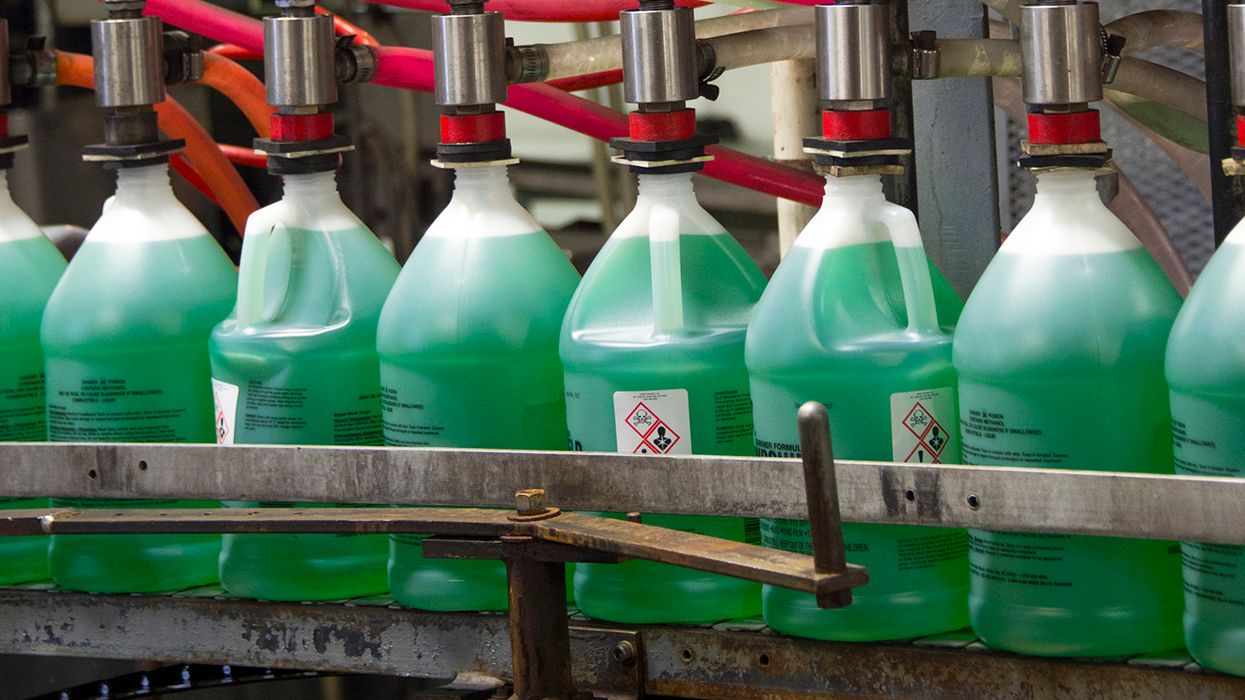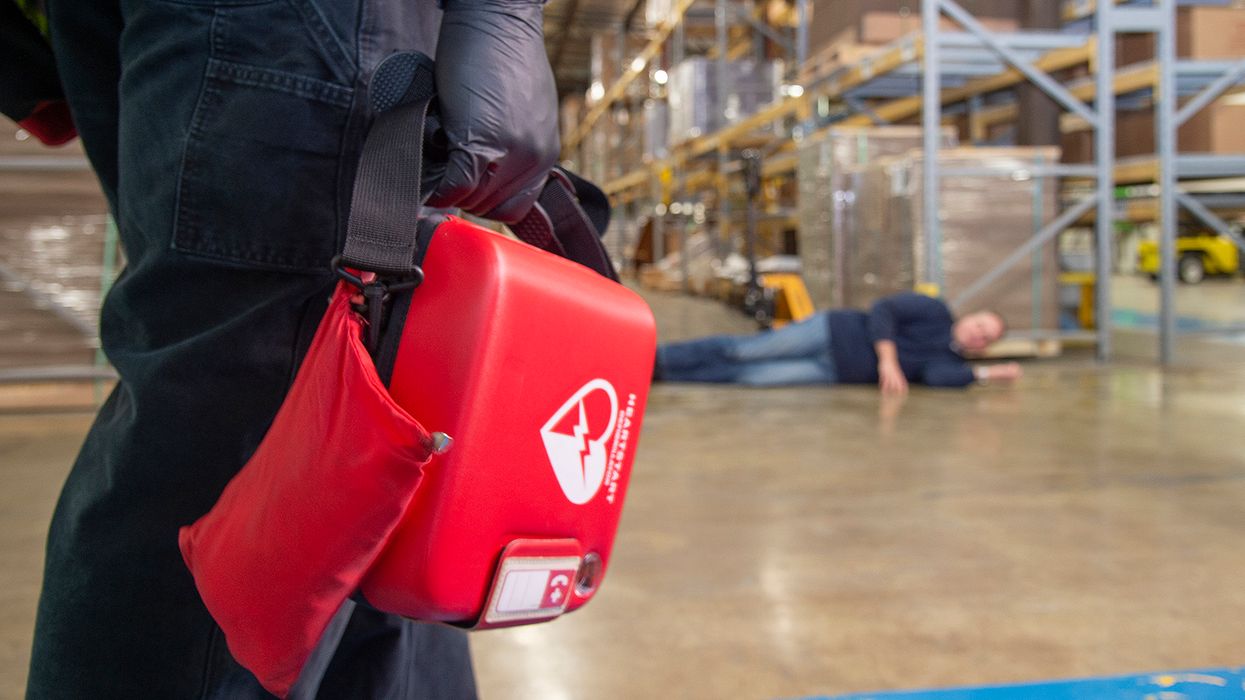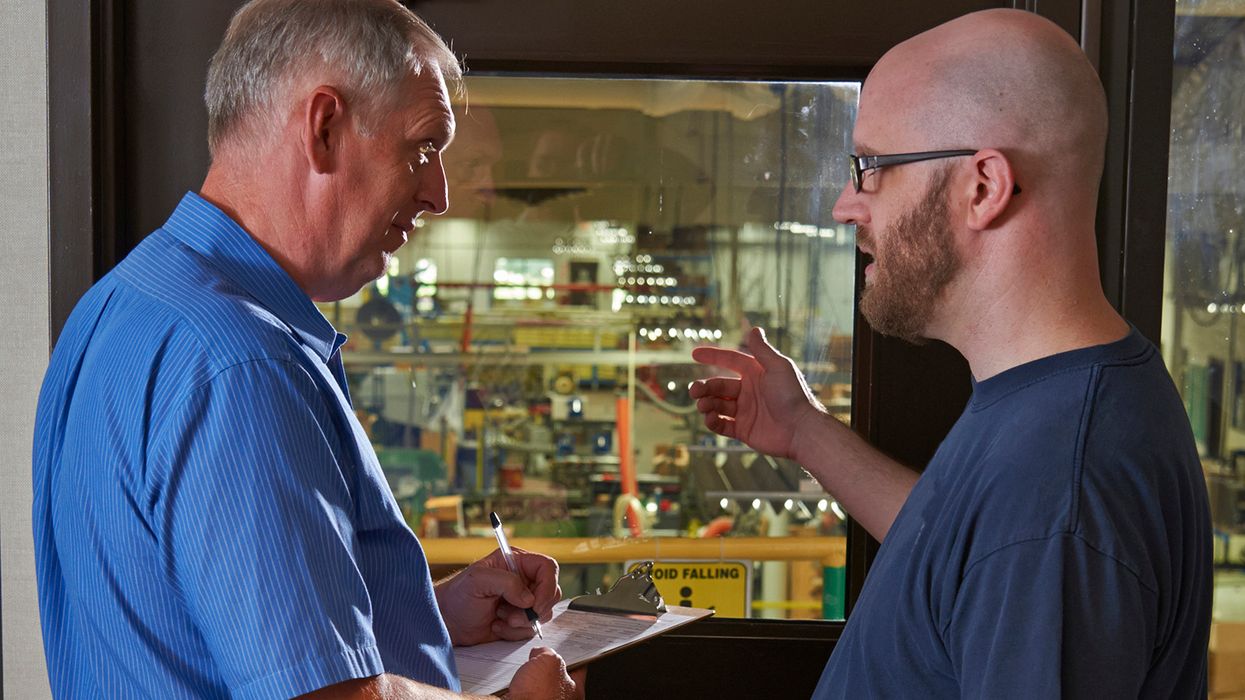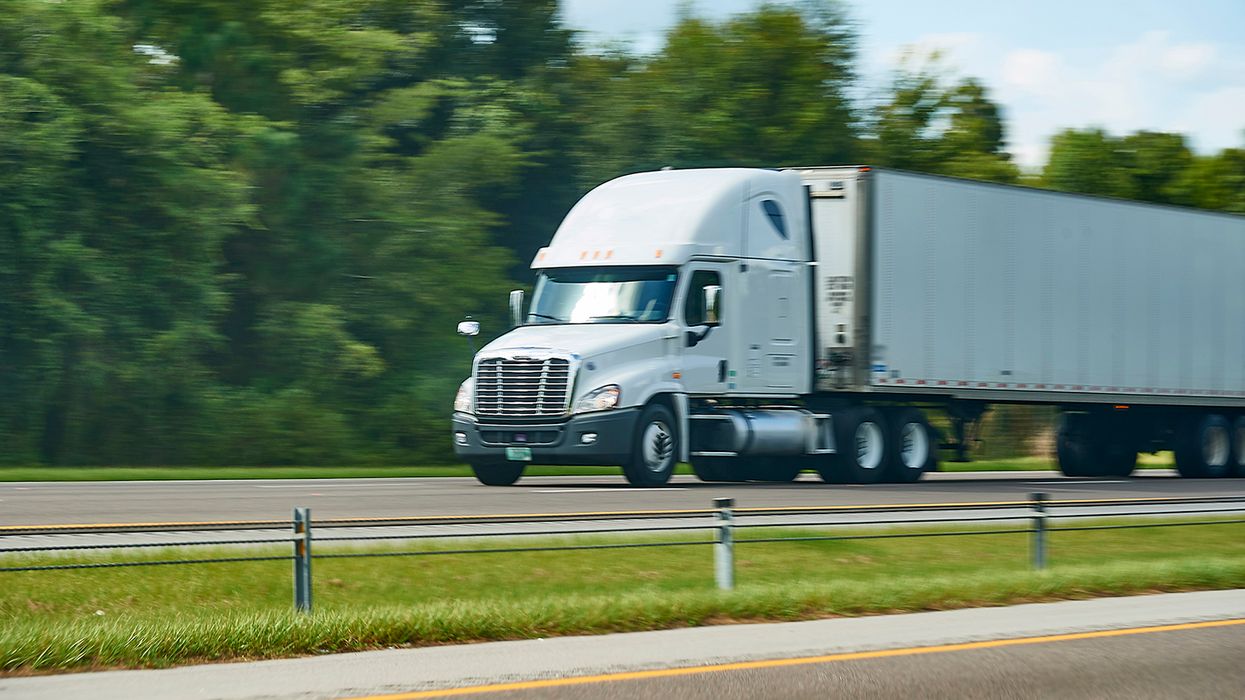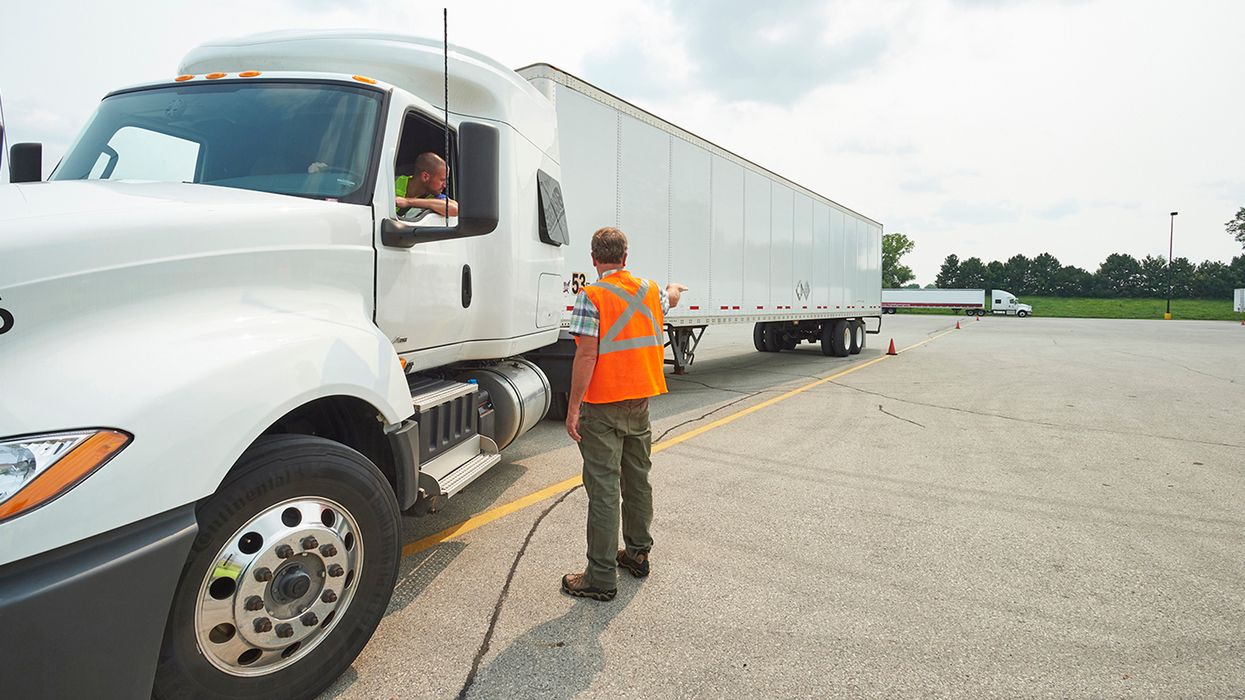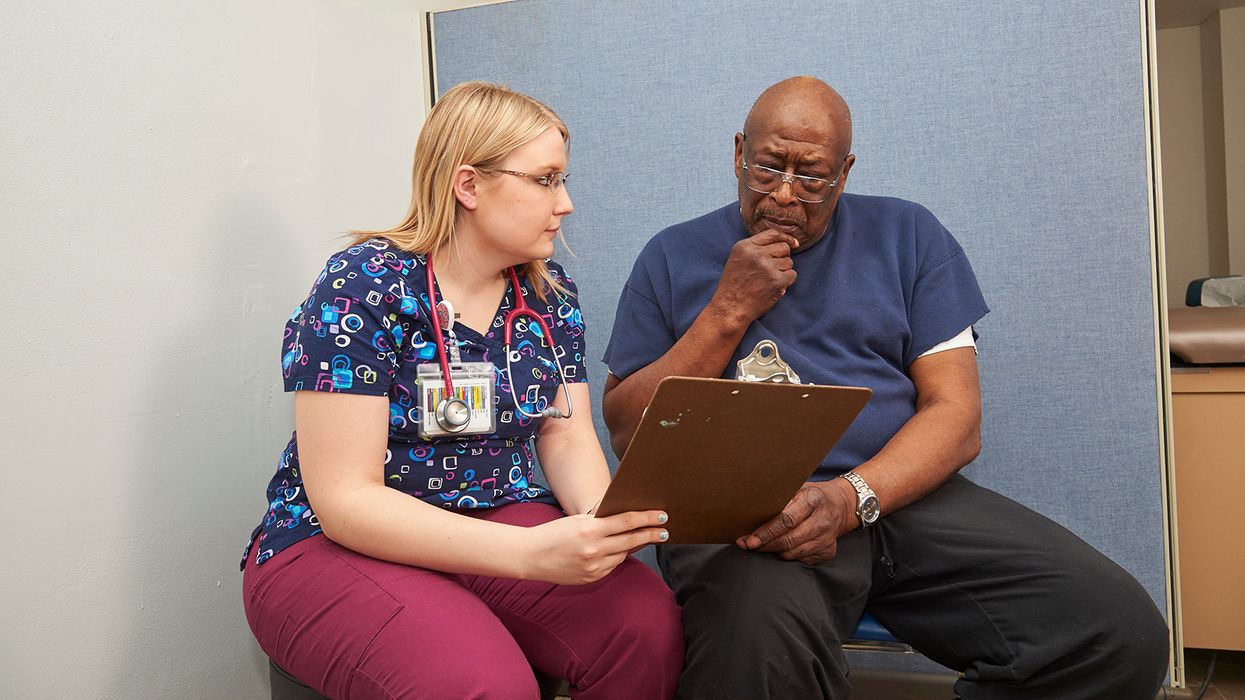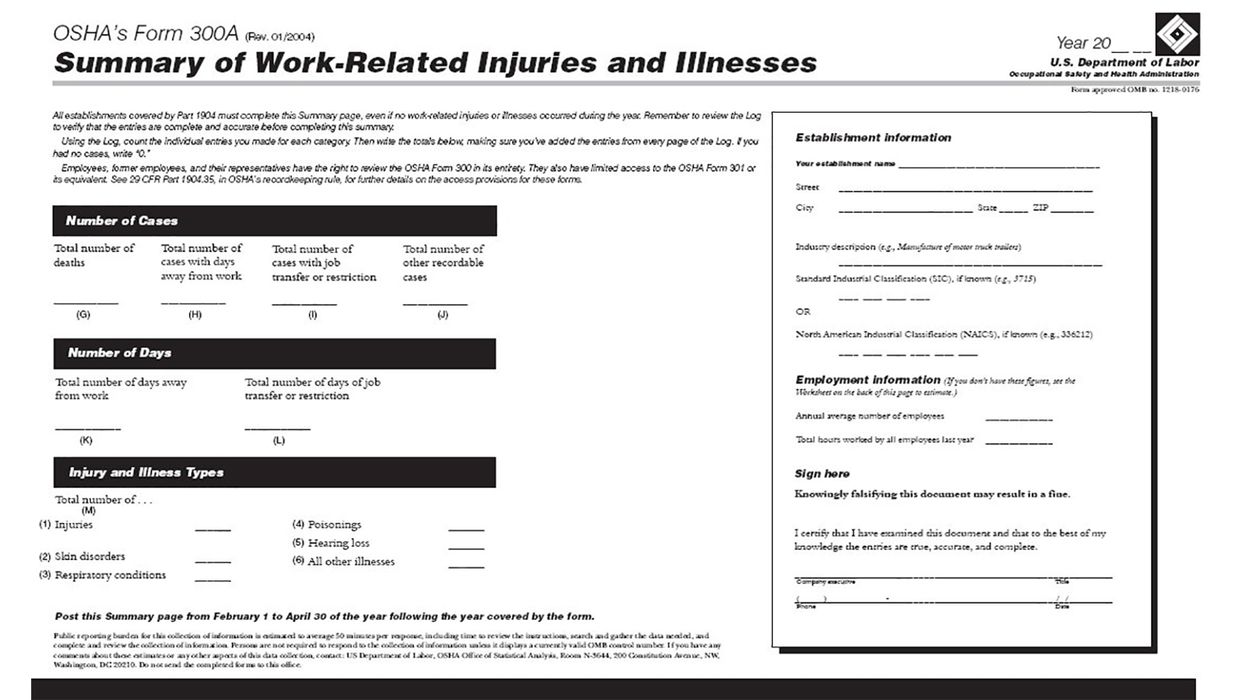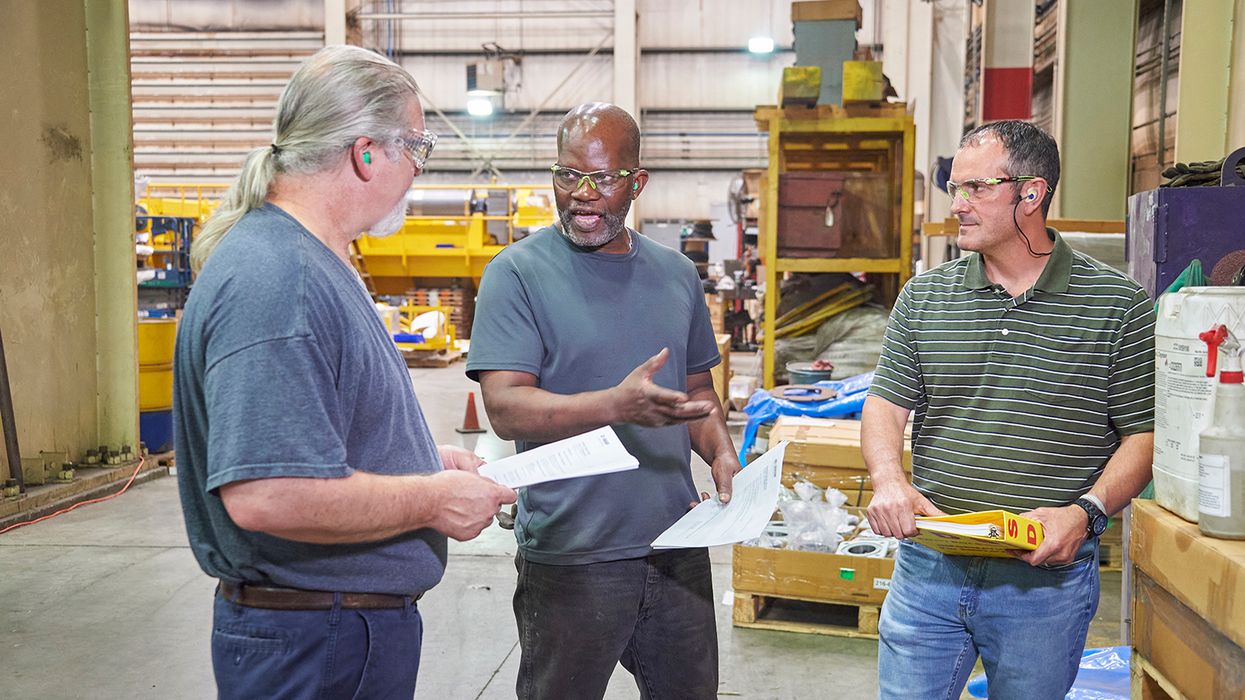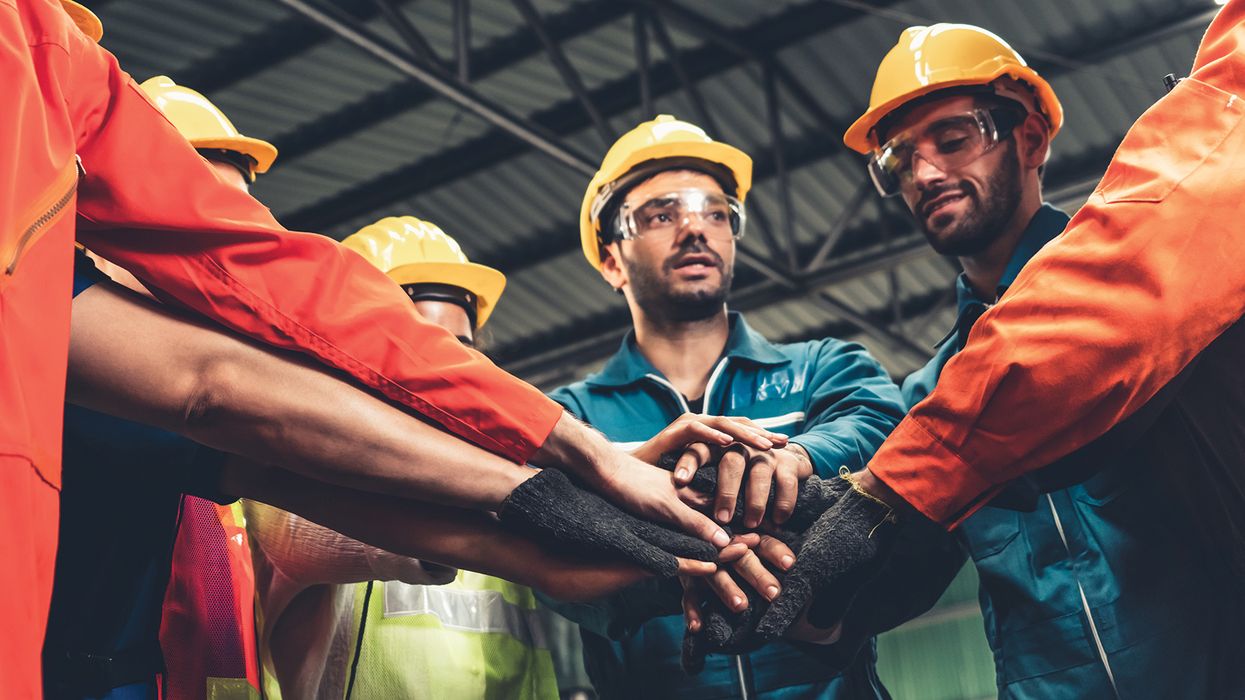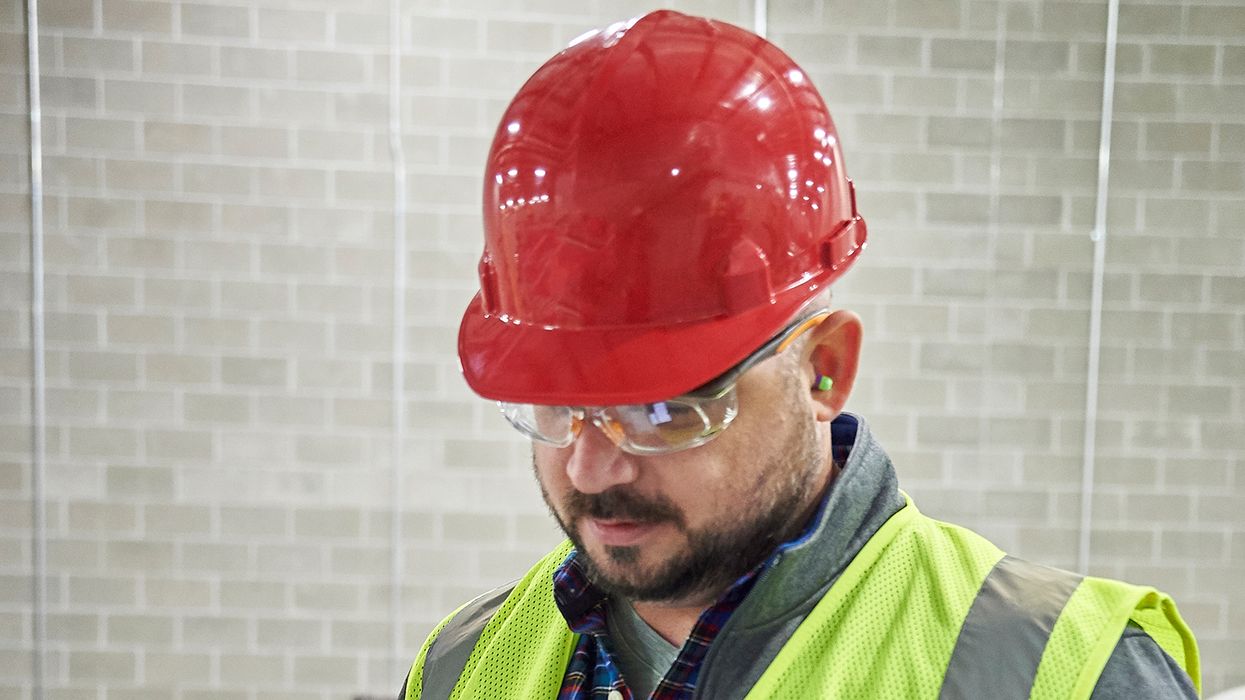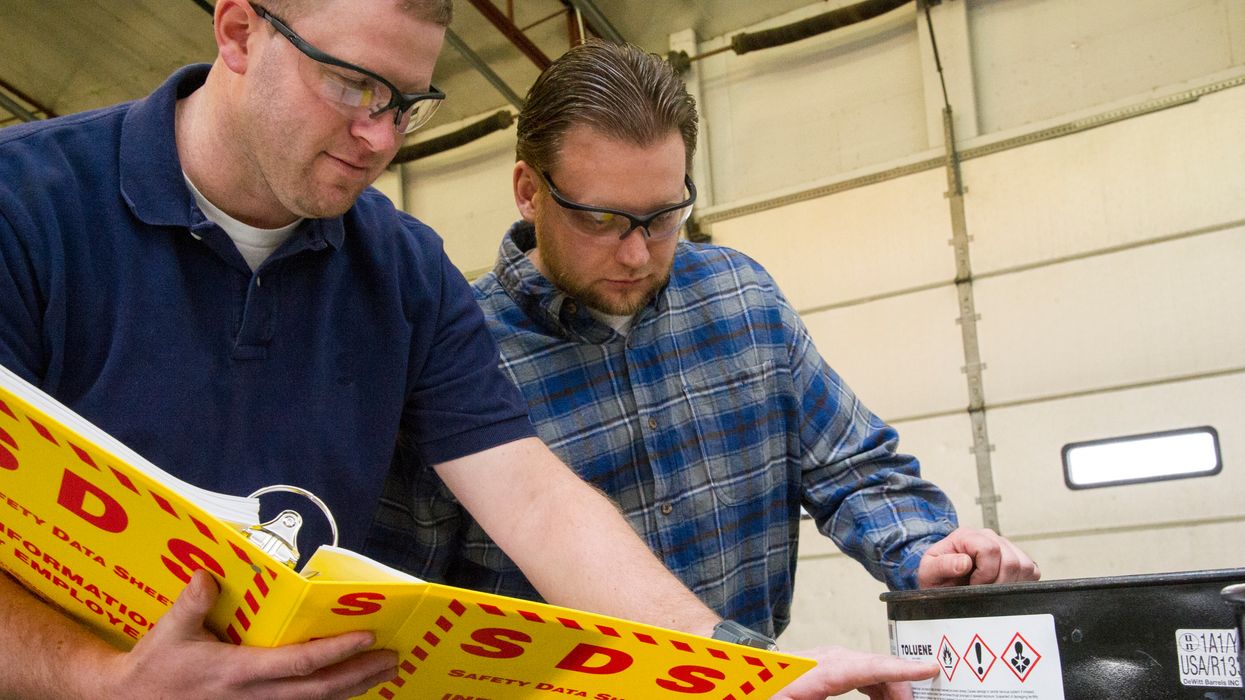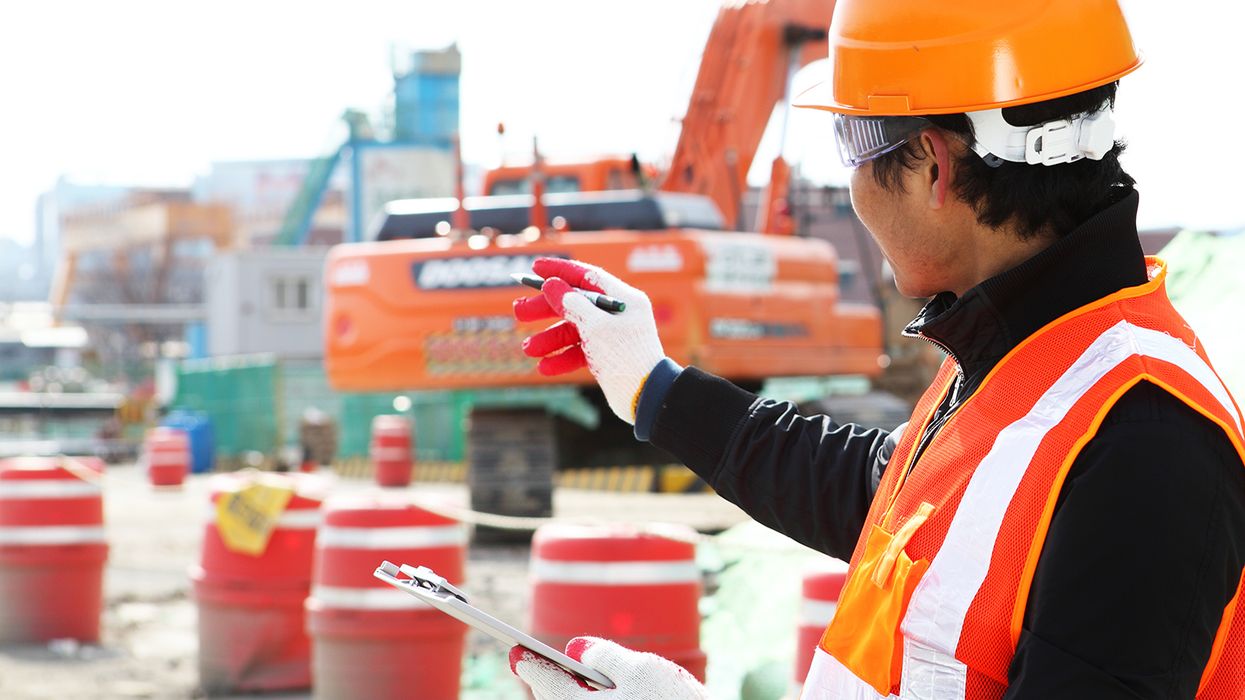How preparation and training required by OSHA may help reduce workers’ compensation claims
The phrase about rules being made to be broken is not found in OSHA guidance. OSHA is all about keeping employees safe. And employers that are diligent about their employees’ safety have a better chance at keeping the workers’ compensation costs down.
Partners in safety
Since 2012, OSHA has partnered with the National Institute for Occupational Safety and Health and National Occupational Research Agenda – Construction Sector to raise awareness among workers and employers about common fall hazards in construction, and how falls from ladders, scaffolds, and roofs can be prevented.
3 tips to keep workers safe from falls:
- Plan ahead to get the job done safely. When working from heights, employers must plan projects to ensure that the job is done safely. Begin by deciding how the job will be done, what tasks will be involved, and what safety equipment may be needed to complete each task.
- Provide the right equipment. Workers who are six feet or more above lower levels are at risk for serious injury or death if they should fall. To protect these workers, employers must provide fall protection and the right equipment for the job, including the right kinds of ladders, scaffolds, and safety gear.
- Train everyone to use the equipment safely. Every worker should be trained on proper set-up and safe use of equipment they use on the job. Employers must train workers in recognizing hazards on the job.
Fall protection training is required under OSHA. A qualified person must train employees on the fall protections systems they use. The training must include information on:
- How to recognize the fall hazards in the work area;
- How to minimize these fall hazards; and
- How to correctly install, set up, inspect, operate/use, maintain, disassemble, and/or store the fall protection.
Workers’ compensation
Although preparation and training may help prevent or reduce workplace falls (and reduce the cost of claims) employees who are injured as a result of a fall at work may be entitled to workers’ compensation.
Workers’ compensation insurance provides financial support and medical and disability coverage to employees injured in the course of employment in return for those injured workers relinquishing the right to sue their employers.
Although workers can only seek workers’ compensation for work-related injuries and illnesses from their employers, they can still sue the manufacturers of products or equipment which caused the injury. All workers’ compensation laws follow the same basic premise, but there is a lot of variety in the details. Benefits always include medical coverage and varying amounts for loss of income benefits.
Key to remember: Training employees on fall protection might help keep them safe and reduce workers’ compensation claims and costs.





